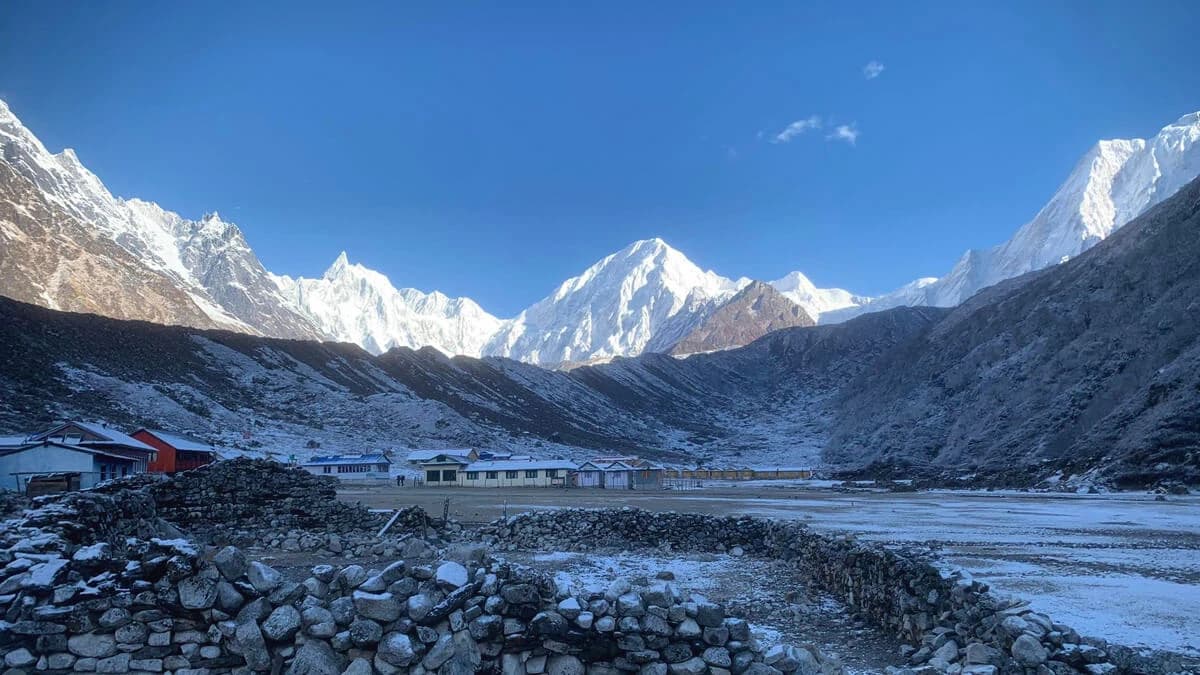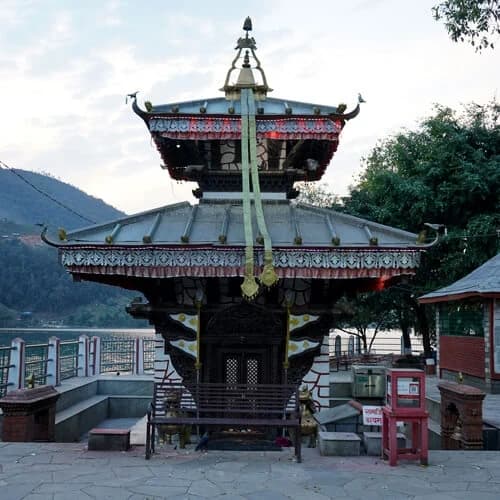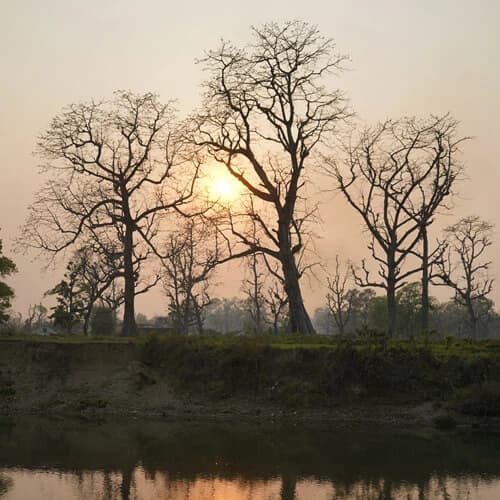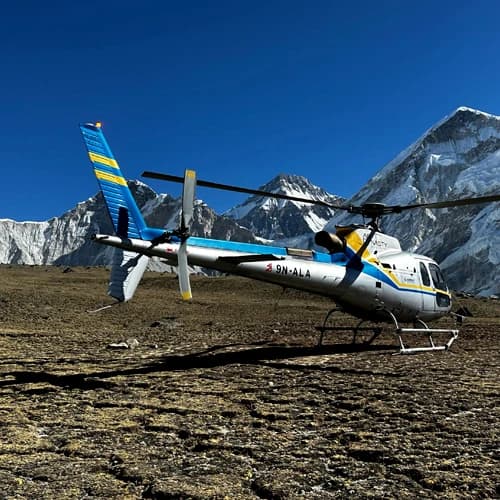Manaslu Tsum Valley Trek Highlights
- Mount Manaslu (8163m), the world’s eighth-highest mountain, is in this region.
- Experience and learn about the diverse cultures of Magar, Gurung, Tamang, and Gurung, which are native to the region.
- Explore Tsum Valley, a secret gem of Nepal.
- Walk through forests of oak, pine, spruce, beautiful rhododendrons, and unique landscapes home to endangered species like red pandas and snow leopards.
- You can view majestic mountain peaks like Machhapuchhre (6997m), Mt. Manaslu (8163m), Gangapurna (7455m), Annapurna I (8091m), Annapurna South (7219m), and Annapurna III (7555m).
- Immerse yourself in the beautiful blend of Nepalese and Tibetan cultural mix.
- Less crowded trails, which enhances your travel experience.
- Visit Mu Gompa, Rachen Gompa, Gumba Lungdang, and other magnificent Gompas in the region.
Manaslu Tsum Valley Trekking Overview
Unlike other expeditions in Nepal, theManaslu Tsum Valley Trek encompasses various climatic and geographical elements with diverse flora and fauna. The trail will pass through significant village settlements such as Chumlimg and Namrung, which Tibetan and Tamang people heavily populate. Therefore, the valley is rich in Buddhist culture, as the surrounding area is filled with chortens, mani walls, and prayer flags.
Additionally, the valley is home to some renowned and holiest monasteries, where Tibetan Philosopher Milarepa and sage Guru Rinpoche meditated. As a result, it has become a hotspot for travelers who seek to discover peace and tranquility through meditation.
The expedition also features several high waterfalls that cascade to the main river, while the valley shelters numerous ancient temples and monuments. As you ascend through the landscapes, the rivers will start changing to the west, and you will pass through steep rocky gorges and dense pine forests. Further in the trek, you will have rest days from acclimatization to help you adapt to the increasing altitude.
Besides, trekking in this particular region of Nepal is more challenging than other expeditions, as you will be hiking in rugged landscapes for 6-7 hours daily for 11 days. So, only travelers with prior experience can complete the trek with little hassle. Others must prepare themselves physically and mentally with proper equipment and guidance to experience the best of the Manaslu Tsum Valley Trek.
Manaslu Tsum Valley Trek Route And Duration
The Manaslu Tsum Valley trekking takes you to the lap of Mount Manaslu (8,163m), the eighth-highest mountain in the world, through the mystical Tsum Valley. Tsum is a popular pilgrimage destination, which adds a special allure to the region's traditional Tibetan and Buddhist culture. So, in this expedition, you will experience and immerse yourself in ancient traditions and rituals while hiking some of the most secluded parts of Nepal.
Renowned as a mystical paradise, the beautiful blend of culture and tradition makes it one of Nepal's most unique trek destinations. The region is famous for its beautiful terraced fields, meadows, and majestic Himalayan mountain range.
The trek starts from Kathmandu, where you will travel to Arughat Bazar in a private vehicle or any other transport you choose. Further on your journey, you will travel alongside Budhi Gandaki and through a small settlement towards Soti Khola. Afterward, you will hike through dense forests and villages to Machha Khola. Along the way, stunning views of Sirngi Himal will accompany you as you make your way up the rugged and uneven terrains.
You will continue your hike to Jagat towards Lokpa. You will then proceed to Chumling, where the majestic view of Himal Chuli, Ganesh Himal, and Boudha Himal will greet you. Eventually, you will arrive at Chhokang Paro; from here, you will gradually ascribe to the Nile and Mu Gompa. On the trail, you will find several sacred sites with Buddhist inscriptions, paintings, and carved stones.
Altitude Sickness and Remedies in Manaslu Tsum Valley Trek
Adequate rest day is featured in Outfitter Nepal's 11 days Manaslu and Tsum Valley trek itinerary. This allows you to acclimatize and avoid the potential dangers of altitude sickness appropriately. Besides, if you ignore the signs of altitude sickness, it can be dangerous. However, it would help if you did not worry. Our guides are well-trained and will respond to your needs.
Additionally, your oxygen levels will be used to measure your oxygen level, which will aid in diagnosing any early signs and symptoms of altitude sickness. We also advise you to drink plenty of water during the expedition and not rush; hike at a slow and steady pace all the time.
Manaslu Tsum Valley Trek Cost For 2026 And 2027
The standard cost for the Manaslu Tsum Valley Trek is USD for one pax, arranged by Outfitter Nepal. The cost of the package is flexible if you travel with a large group of people.
Further, the total cost of the trek depends on your preferences, duration, route, the season you are planning the trek, and the type of service you want. Also, please let us know if you have any additional needs or requirements for the package. Our company can enhance your food and accommodation options for the trek. So, let us know your preferences when you book the expedition with us.





